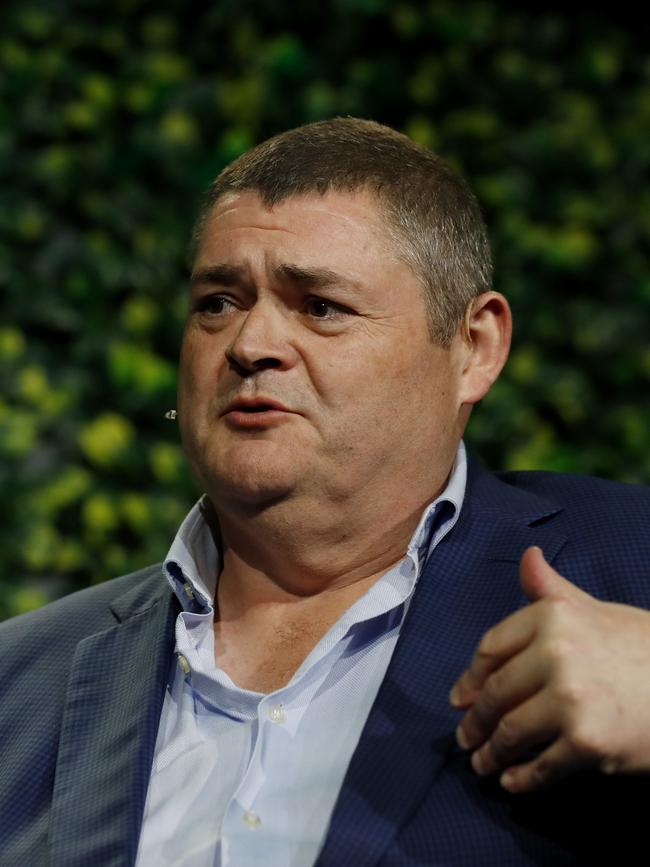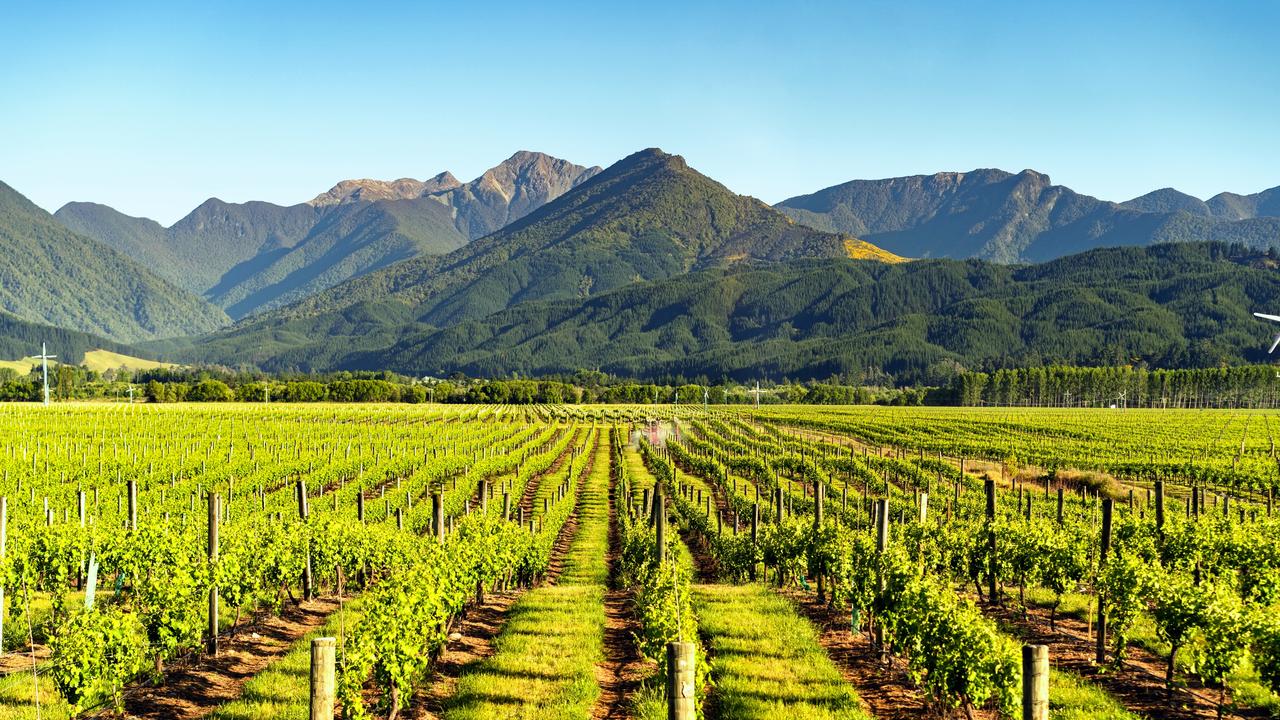Australian farmland values tipped to rise further as Ukraine crisis sends commodity prices higher
Surging Australian farmland values could be entering a new phase of growth as wheat and other commodity prices soar in the wake of Russia’s invasion of Ukraine.

Surging Australian farmland values could be entering a new phase of growth as wheat and other commodity prices soar in the wake of Russia’s invasion of Ukraine.
The warring neighbours are two of the world’s largest producers of wheat and oilseeds, accounting for close to 30 per cent of global wheat exports, and both are major players in corn, canola and sunflower seed production.
However with the war suspending commercial shipping at Black Sea ports, and the threat of stiffer Russian sanctions hanging over global trade, customers have been left scrambling to find alternative suppliers.
The shortage has seen wheat prices reach record highs of more than $US13 per bushel in recent weeks, up from just $US7.58 at the start of the year.
And Australian farmers, who account for 10 to 15 per cent of the global wheat trade, appear well placed to fill the void.
The Australian Bureau of Agricultural and Resource Economics and Sciences (ABARES) has predicted a record wheat crop of 36.3 million tonnes for 2021-2022 due to above-average rainfall.

Following a year of double-digit growth in farmland values in 2021, LAWD senior director Danny Thomas expects the surge in commodity prices and strong seasonal conditions to drive values even higher this year.
“There was already extraordinary positivity in the land market and I think this just really underwrites that positivity,” he says.
“Soils in most cropping zones are full of moisture, debt’s cheap, and because of the conflict debt’s probably going to remain relatively cheap, and we know that we’re going to get an exceptionally good price for whatever we produce. So the only negative is what it costs to put it in the ground.”
Mr Thomas refers to the skyrocketing cost of fertilisers, fuel and other inputs, which are eating into margins across all farming segments.
And the cost pressures are likely worsen the longer the Ukraine conflict continues.
Russia is a major supplier of low-cost fertiliser globally and is the second-largest manufacturer of potash, a key nutrient for crops and produce. The country has already imposed a ban on certain fertiliser exports.
“Nitrogen, in particular, is used in just about every significant farming business – when we have issues around accessing nitrogen at a good cost people scramble to find alternatives,” Mr Thomas says.
“The conventional wisdom is ‘yield is king’ – typically speaking they’re (farmers) trying to produce as much as they can, which is why nitrogen and other fertilisers are used.
“Sometimes they’ve got to dial that back and farm within the capabilities of the land, in circumstances when inputs are too expensive.”
Despite the challenges, Mr Thomas expects a higher number of listings this year compared with 2021, with vendors spurred into action by record farmland values across the country.
US firm Proterra Investment Partners is one prominent landowner looking to capitalise on the strong demand, this week listing for sale more than $400m worth of agricultural land and water assets across Tasmania, NSW and Queensland.
The sale of the Vaucluse, One Tree and Racecourse portfolios comprises more than 42,000ha of wheat, barley, chickpeas, fava beans and cotton operations, and follows Proterra’s recent $360m disposal of its Corinella Group cropping portfolio across Victoria and South Australia.
Now, the Reardon family has put the Worral Creek Aggregation, one of Australia’s landmark irrigated cotton farms, on the block for $400m. The 26,855ha aggregation on the Queensland-NSW border spans seven properties between Talwood and Mungindi.
The sale includes a portfolio of irrigation water totalling more than 65,900 megalitres of annual entitlements and is being handled by JLL and Oxley Capital Partners.
JLL’s Clayton Smith notes the importance of the owners’ works which it make it a standalone turn-key opportunity for big investors.
Rabobank’s latest Agricultural Land Price Outlook report, released late last year, predicts prices of agricultural land will continue to move higher over the next five years, with prices expected to jump 8 per cent this year and 5 per cent in 2023.

As many as 9 per cent of farmers nationally, a five-year high, intend to buy land over the next 12 months, with the figure as high as 11 per cent in Western Australia and 10 per cent in NSW, the report shows.
But they’ll have to battle it out with offshore institutions circling Australia’s prized agricultural assets.
And Mr Thomas expects the instability in Europe to divert even more global investment to Australia.
“There’s this vast volume of investment capital coming in from overseas into agriculture in Australia, and when these sorts of things happen it reinforces why they’re here – our lower sovereign risk,” he says. “Foreign investors are well established in Australia and they want to put more money in but they’re having trouble competing with the local farmers.
“Local farmers are paying probably a higher dollar per acre rate than a lot of the institutions can stump up.”
Along with wheat and oilseeds, nut and citrus producing farms are among the strongest performers in the market, according to CBRE Agribusiness director Phil Schell, who recently sold the Schembri family’s 585ha Greenview Farms almond orchard north of Griffith in NSW.
An undisclosed corporate investor is expected to settle on its acquisition of the property in the coming days, after it was put on the market with a price tag of $26m-$29m last year
Mr Schell says lenders are aggressively chasing deals, and that will likely drive the market up despite the threat of higher interest rates this year.
“Even if the rate rises, we are still near all time lows if you compare it to the last 10, 15, 20 years,” he says.
“So even if you factor those in agribusiness is still a very sound investment with capital growth probably anywhere from 10 to 15 per cent. We’re probably a little bit cautious on wine but if you look at grain and livestock, there’s no slowing it down – it’s just full steam ahead in those sectors.”




